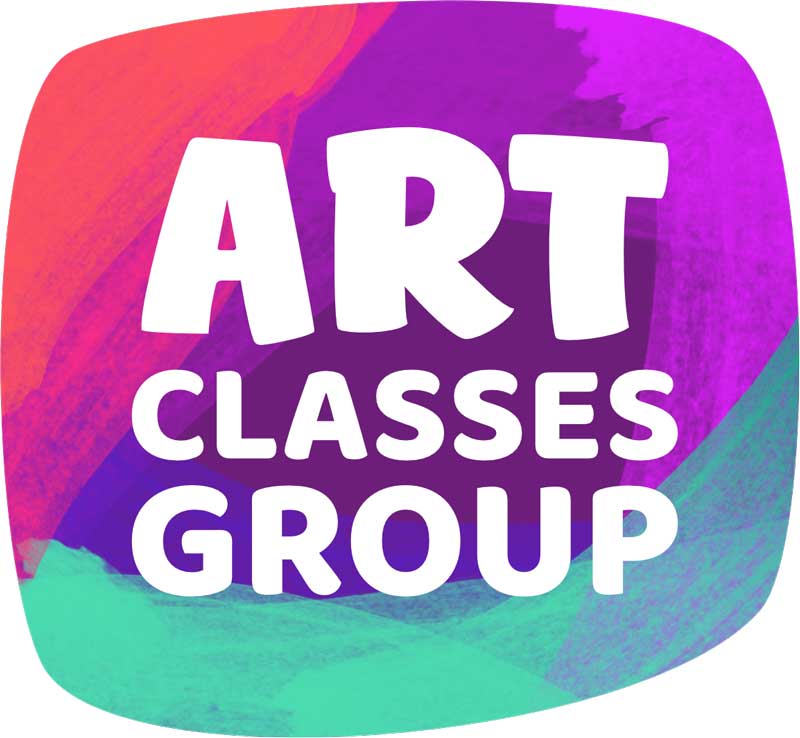The power of donation to Art Organisations

Written by Marinela Caldarus
Donating art materials can play a crucial role in supporting an art organisation. Art materials donations contribute to community engagement. They allow organisations to organise workshops, classes, and events that bring people together, fostering a sense of community and shared creativity.
Donated materials make art education more accessible. Donations play a vital role in supporting emerging artists by providing them with the necessary materials, empowering these artists to develop their skills and pursue their passion, and potentially launching their careers in the art world.
Recently, the Art Classes Group has received a generous donation from Roma Battye as a legacy of Christopher Battye, the artist who studied print-making at Liverpool College of Art before leaving the city at about the same time as the Beatles. He regularly contributed to featured articles in ‘Arts & Artists’ magazine, writing on artists as diverse as Magritte, William Blake, Holman-Hunt, Piranesi, Frank Auerbach, David Hockney and Gainsborough.

After his death, in 2023, Art Classes Group received a generous donation of professional paint brushes, crayons, oil and acrylic paints, and watercolour trays for a value of more than £2000.
How did we use the donation?
In only one week, the Art Classes Group has engaged more than 200 people in exploring the use of the art materials donated.
Falling in the Burns night week, the students mainly explored drawing the thistle- the symbolic flower of Scotland and used different shades of colourful crayons.


Children from different schools in Slough have thoroughly enjoyed using the crayons and learned to explore shading backgrounds in different colours.
Adults who took part in the Art and Wellbeing programme and people with SEND find it very satisfying going through the amount of different shades of crayons and choosing their colours.


Young people who have practised their work experience at Art Classes Group had the chance to use the donation of quality brushes and create designs to transform the entrance gallery.
Marinela Caldarus, the artistic director of Art Classes Group mentioned. “ Receiving such a generous donation of art materials has helped our participants to learn using different art mediums in their daily artistic practice. We are thrilled that we were able to engage people of all ages and to support the emerging artists.”
From where to receive donations of art materials?
Receiving art materials donations can be accomplished through various channels.
Local Art Stores and Suppliers: Reach out to local art stores and suppliers in your community. They might be willing to donate surplus or slightly imperfect materials.
Art Schools and Universities: Contact art departments at nearby schools or universities. They might have excess or outdated materials they’d be willing to donate.
Social Media and Online Communities: Utilize social media platforms like Facebook, Twitter, or Instagram to spread the word about your need for art material donations.

4
You can also join online communities focused on art and crowdfunding to reach a wider audience.
Local Businesses and Corporations: Approach local businesses or corporations, especially those with a focus on community involvement or the arts. They might be interested in sponsoring or donating materials.
Artists and Art Enthusiasts: Tap into your local artistic community by reaching out to artists, art teachers, or art enthusiasts who might have spare materials or be willing to donate.
How to maintain connections with the donors?
Before reaching out to potential donors remember to clearly communicate your need, the purpose of the donation, and how it will benefit the community.
After receiving your donation make sure to express gratitude by keeping donors updated on how their donations are being used can help foster long-term support.
In conclusion, the donation of art materials goes beyond supplying necessary tools; it becomes a catalyst for community engagement, education, and the promotion of creativity and diversity within the arts. Donated materials can lead to a more diverse range of art being created. Different mediums, styles, and techniques become accessible, contributing to the celebration of artistic diversity within the organisation and the community.
